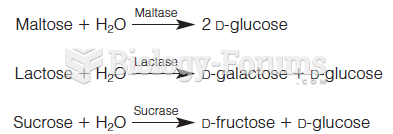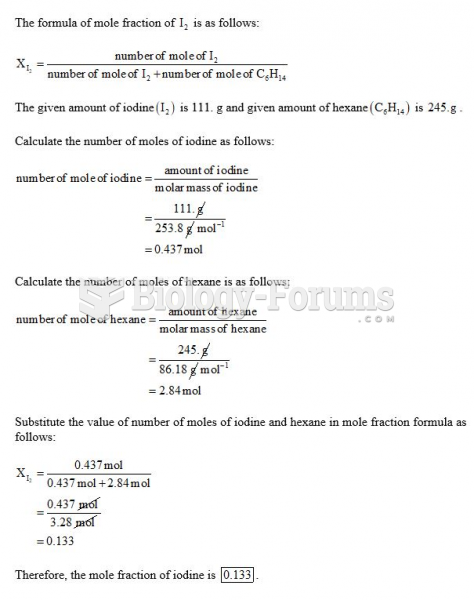|
|
|
Bacteria have been found alive in a lake buried one half mile under ice in Antarctica.
Parkinson's disease is both chronic and progressive. This means that it persists over a long period of time and that its symptoms grow worse over time.
Hip fractures are the most serious consequences of osteoporosis. The incidence of hip fractures increases with each decade among patients in their 60s to patients in their 90s for both women and men of all populations. Men and women older than 80 years of age show the highest incidence of hip fractures.
On average, someone in the United States has a stroke about every 40 seconds. This is about 795,000 people per year.
More than 150,000 Americans killed by cardiovascular disease are younger than the age of 65 years.







